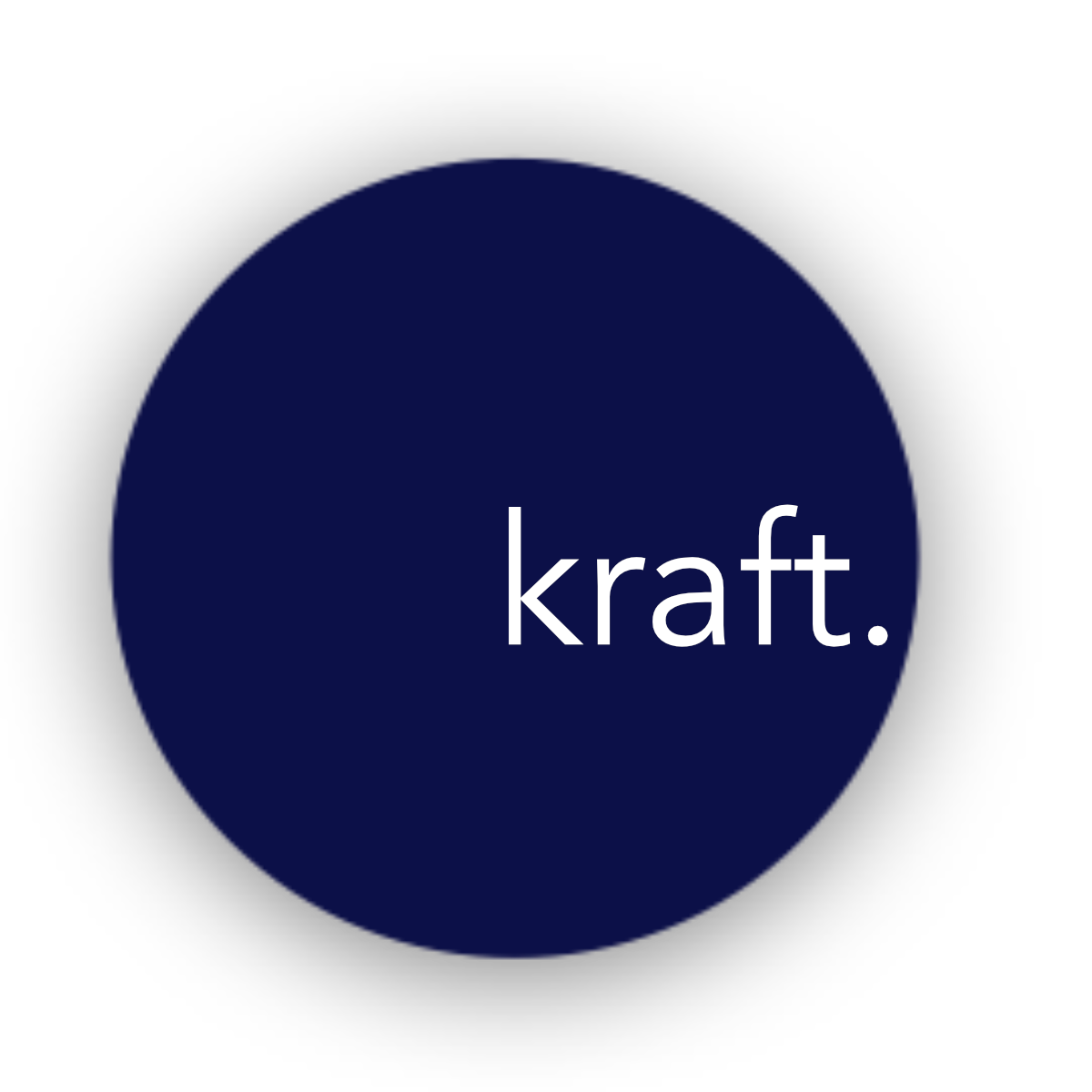Marie Watt, Nancy Bowen (Reconciliation) - Print
Nancy Bowen was a Cayuga and Hodinöhsö:ni’ woman from the Cattaraugus Reservation of the Seneca Nation. In 1930 she was tried for the murder of Clothilde Marchand in Buffalo, New York. Before her trial, however, the media and judicial system demonized Bowen. It proclaimed her guilty of being Indigenous, rendering her guilty in the court of public opinion and denying her the opportunity for a fair and just trial. This project aims to reclaim and place Nancy Bowen’s story in the context of what is happening today.
Her story connects to our present moment, to the level of George Floyd, Missing and Murdered Indigenous Women (MMIW), and others who have directly experienced death, incarceration, and systemic trauma due to entrenched racism.
In Nancy Bowen (Reconciliation), Marie Watt worked directly on two soft ground plates, repeatedly writing Nancy Bowen’s name with her left and right hand simultaneously. There is no accessible record of Nancy Bowen’s signature, which led Watt to use this process to imagine and reflect on Bowen’s bodily presence or, in the words of Jason Vartikar, “invoke history and futurity in one stroke.”
The resulting image is an amalgamation of many layers of writing, which appear backward when printed in the intaglio process. Watt chose to have the plates printed on two thin translucent sheets of gampi, then adhered the front side down on the backing sheet so that the text was again good reading. Twinning language is a concept that Watt uses throughout her work, in this case, a calling back and calling forward to recognize the permutations of historical racism in ongoing conversations and hopes for reconciliation.
Nancy Bowen was a Cayuga and Hodinöhsö:ni’ woman from the Cattaraugus Reservation of the Seneca Nation. In 1930 she was tried for the murder of Clothilde Marchand in Buffalo, New York. Before her trial, however, the media and judicial system demonized Bowen. It proclaimed her guilty of being Indigenous, rendering her guilty in the court of public opinion and denying her the opportunity for a fair and just trial. This project aims to reclaim and place Nancy Bowen’s story in the context of what is happening today.
Her story connects to our present moment, to the level of George Floyd, Missing and Murdered Indigenous Women (MMIW), and others who have directly experienced death, incarceration, and systemic trauma due to entrenched racism.
In Nancy Bowen (Reconciliation), Marie Watt worked directly on two soft ground plates, repeatedly writing Nancy Bowen’s name with her left and right hand simultaneously. There is no accessible record of Nancy Bowen’s signature, which led Watt to use this process to imagine and reflect on Bowen’s bodily presence or, in the words of Jason Vartikar, “invoke history and futurity in one stroke.”
The resulting image is an amalgamation of many layers of writing, which appear backward when printed in the intaglio process. Watt chose to have the plates printed on two thin translucent sheets of gampi, then adhered the front side down on the backing sheet so that the text was again good reading. Twinning language is a concept that Watt uses throughout her work, in this case, a calling back and calling forward to recognize the permutations of historical racism in ongoing conversations and hopes for reconciliation.
Nancy Bowen was a Cayuga and Hodinöhsö:ni’ woman from the Cattaraugus Reservation of the Seneca Nation. In 1930 she was tried for the murder of Clothilde Marchand in Buffalo, New York. Before her trial, however, the media and judicial system demonized Bowen. It proclaimed her guilty of being Indigenous, rendering her guilty in the court of public opinion and denying her the opportunity for a fair and just trial. This project aims to reclaim and place Nancy Bowen’s story in the context of what is happening today.
Her story connects to our present moment, to the level of George Floyd, Missing and Murdered Indigenous Women (MMIW), and others who have directly experienced death, incarceration, and systemic trauma due to entrenched racism.
In Nancy Bowen (Reconciliation), Marie Watt worked directly on two soft ground plates, repeatedly writing Nancy Bowen’s name with her left and right hand simultaneously. There is no accessible record of Nancy Bowen’s signature, which led Watt to use this process to imagine and reflect on Bowen’s bodily presence or, in the words of Jason Vartikar, “invoke history and futurity in one stroke.”
The resulting image is an amalgamation of many layers of writing, which appear backward when printed in the intaglio process. Watt chose to have the plates printed on two thin translucent sheets of gampi, then adhered the front side down on the backing sheet so that the text was again good reading. Twinning language is a concept that Watt uses throughout her work, in this case, a calling back and calling forward to recognize the permutations of historical racism in ongoing conversations and hopes for reconciliation.
Nancy Bowen (Reconciliation), 2022
Signed & Dated
Soft ground etching from two plates, printed with gampi chine collé on Somerset Satin White 300-gram paper.
IMG: 10 x 17 in
IMG: 25.4 x 43.2 cm
PAPER: 19.25 x 25 in
PAPER: 48.9 x 63.5 cm
Edition of 15 (12)






